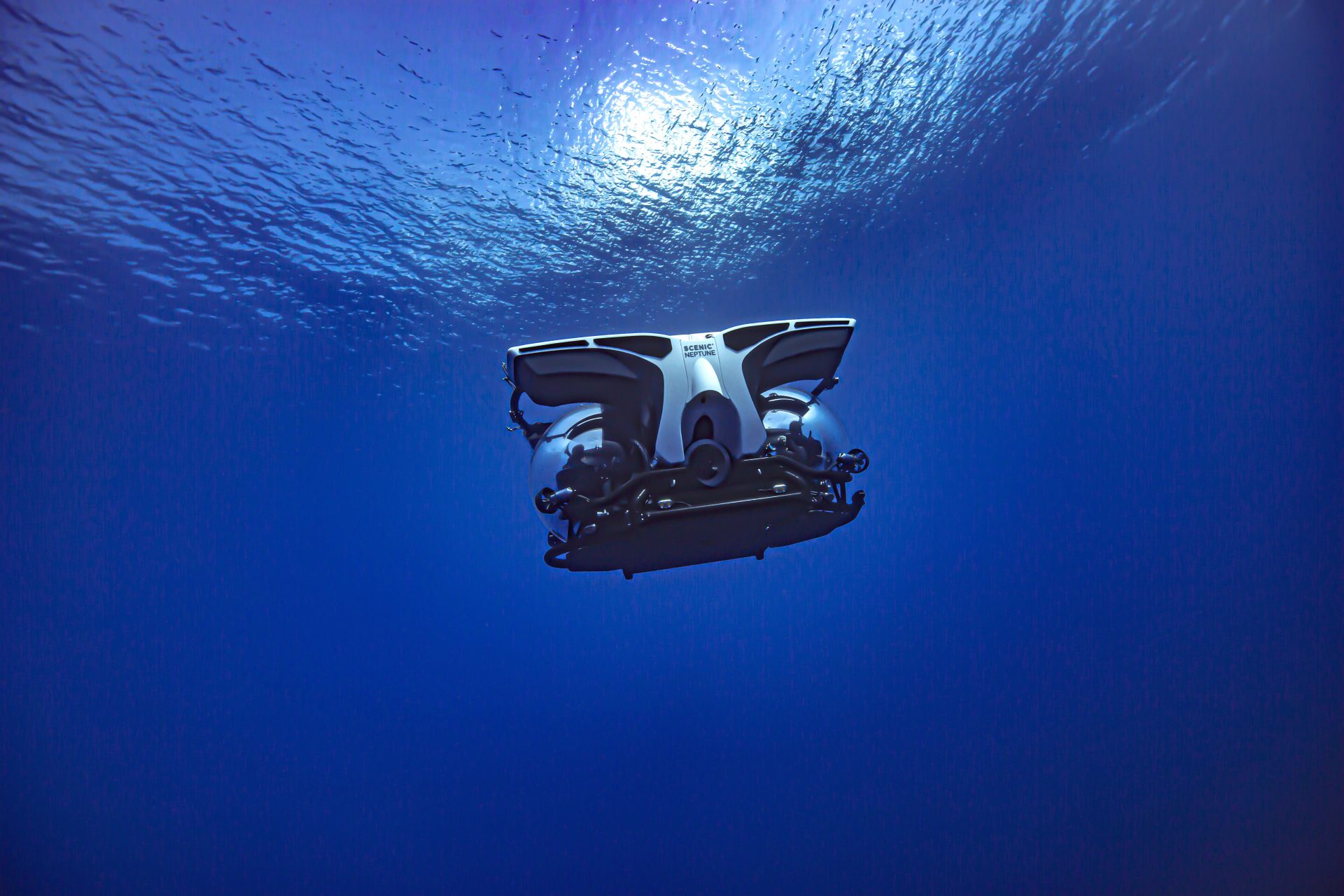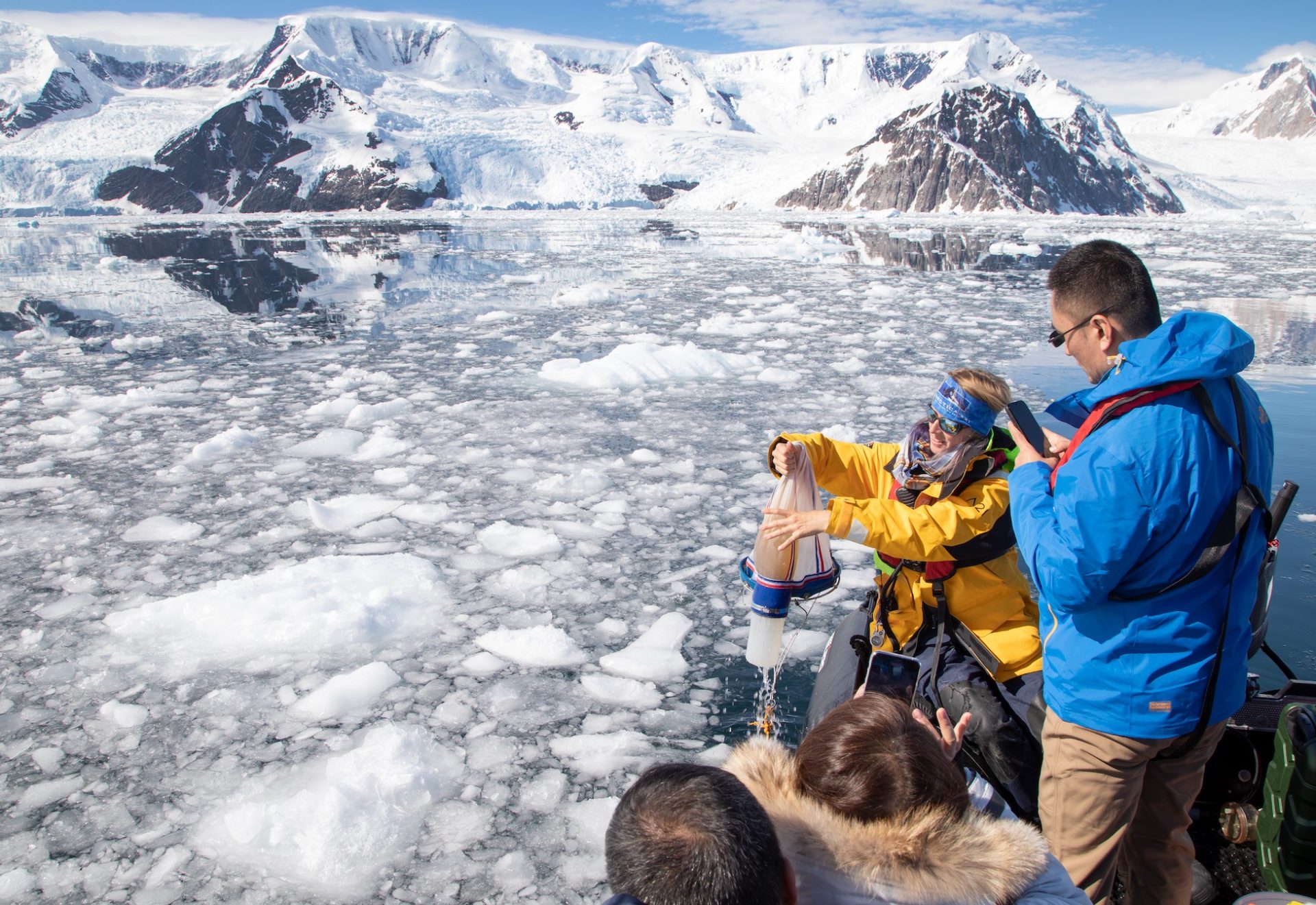
Antarctica is often described as a pristine wilderness — vast, remote, untouched. But it’s also a place where the effects of climate change are being recorded with sobering clarity. That’s why many polar expedition cruises now invite travellers to go beyond sightseeing and become part of something bigger: scientific discovery.
Citizen science — the practice of involving the public in real scientific research — has become an integral part of many voyages to Antarctica. It’s not about replacing the experts onboard. Rather, it’s about enabling travellers to participate meaningfully in projects that depend on collective data, long-term monitoring, and multiple eyes on the ground (or ice).
Guests might find themselves tracking seabirds, logging weather observations, photographing whales, or measuring sea surface temperature. Some help with plankton sampling, learning how these microscopic organisms influence global carbon cycles. Others submit data on cloud cover to NASA or contribute wildlife sightings to international databases.
These activities are accessible and voluntary. No previous scientific training is required. The onboard expedition team — often including scientists, researchers, or educators — provides context, training, and explanation. Guests quickly learn that their input matters. Whether it’s noting the presence of krill or recording the location of molting penguins, each small task contributes to a much larger story.

One popular program is the Happywhale initiative, which uses submitted photos of whale flukes to identify and track individuals across the globe. Another, FjordPhyto, asks guests to help collect water samples to study how melting glaciers influence coastal ecosystems. These aren’t feel-good gimmicks; they’re real science, supported by respected institutions and peer-reviewed studies.
The impact of these efforts isn’t just scientific. It’s deeply personal. Travellers often describe feeling more connected to the environment through their participation. They start noticing more: subtle changes in ice colour, the behaviour of seabirds, the rhythm of the wind. The act of observing with intention creates a sense of stewardship that lasts long after the voyage ends.
For many, this hands-on involvement reframes the journey. Antarctica becomes more than a destination — it becomes a living laboratory, a place where your presence can support knowledge, not just tourism. And in an era when environmental awareness is more urgent than ever, the chance to contribute — however modestly — adds meaning to every landing, every sighting, every icy mile.
The reward isn’t just in what you see. It’s in what you help the world understand.